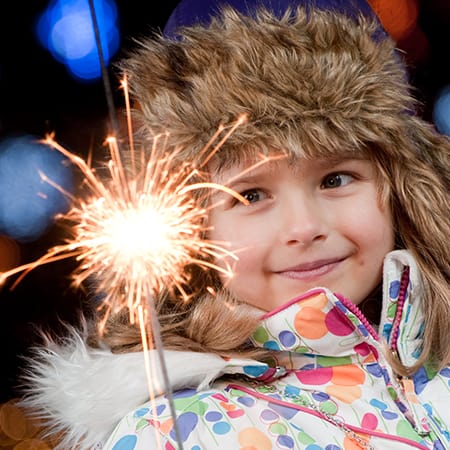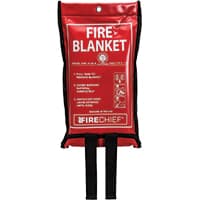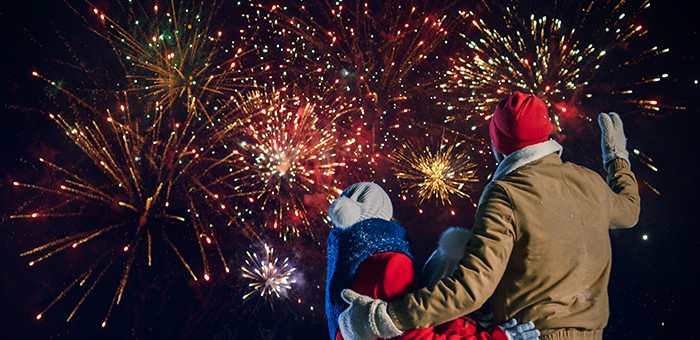
What are the dangers of fireworks?
Despite the joy they bring, fireworks are dangerous if not used with care – they are explosives, after all. As many public fireworks displays are not going ahead this year, there will likely be an increased number of private fireworks displays. These are usually conducted by non-professionals, often in smaller and more enclosed spaces, such as gardens, which can make them much more dangerous. Injuries caused by fireworks can be life-long or even fatal, so it is imperative that people attending or holding fireworks displays are prepared for possible emergencies.Five Fireworks Facts
- Between 2014 and 2019, there were nearly 3000 counts of Accident and Emergency attendance in November for injuries relating to fireworks.
- Most injuries are to the eyes, head or hands – areas where serious injury can be life-changing and very visible.
- Sparklers can reach temperatures of 2000 degrees Centigrade - 20 times the boiling point of water.
- A rocket can reach 150mph.
- Most injuries from fireworks occur at private displays at homes and in streets and other public places, by accident or because of misuse.
Firework Safety for Your Family & Children
If you do want to have a firework display at home, you should observe the following advice:- Plan your display to ensure it is safe and legal.
- Purchase only fireworks that carry the CE or UKCA marks, keep them in a closed box, and use them one at a time.
- Pacify your pets: close windows and curtains to muffle sounds; create some background noise with music or TV; provide a quiet space with some hiding places for comfort; prepare your pet in advance with the DogsTrust sound therapy.
- Provide a torch to read firework instructions on the night.
- Position yourself well away from the fireworks, using a taper to light them, and not returning to them once they have been lit.
- Protect fireworks – keep naked flames, including cigarettes, away.
- Point fireworks into the sky and well away from spectators.
- Put out the fire and ensure surroundings are made safe before leaving.
Fire Equipment:
The Fire Service recommend you should have:- A torch.
- A bucket or two of water.
- Eye protection and gloves.
- A bucket of soft earth to put fireworks in.
- Suitable supports and launchers if you’re setting off Catherine wheels or rockets.
Sparklers
- Keep children under 5 away from sparklers; even if you are holding them, they could reach out and grab the sparkler.
- Make sure that children over 5 understand how to hold a sparkler safely, and supervise them while they are holding the sparkler.
- Always wear gloves when you are holding a sparkler and only hold one at a time
- Once sparklers are out, they can still stay hot for a long time – put them in a bucket of water to cool them down.
First Aid for Fireworks & Burns
Even if you’ve made all possible efforts to ensure your fireworks display is safe, accidents can still happen. In addition to your standard home or workplace first aid kit, you should consider specialist burn care first aid supplies.The most important step to take after a thermal burn injury is to cool the burn. Not only will this help with recovery, but it is also an extremely effective method of pain relief.
However, the patient must remain warm to avoid hypothermia. In short, cool the burn and warm the patient.
Keeping the patient warm:
- Heat the back of the ambulance/area.
- Use warm blankets.
- Administer humidified oxygen (if available).
- Resuscitation fluids should be warmed before infusion.
- Cool only the burn injury, if possible, keeping it small and shallow.
You should call an ambulance or take the injured person to A&E if the burn is:
- Larger than the person’s hand or deep.
- Causes white or charred skin.
- Is to the face, hands, arms, feet, legs or genitals and causes blisters.
Running water
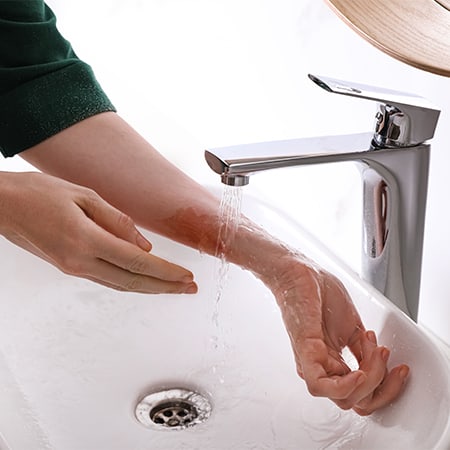 One way to cool burns is by running cool, clean water over the burn site for 20 minutes (approximately 65 litres of water per burn injury).
One way to cool burns is by running cool, clean water over the burn site for 20 minutes (approximately 65 litres of water per burn injury).Once the burn injury is fully cooled, cling film may be layered onto the wet burn site in loose strip lengths (never wrap around the head, body or limb, to avoid constriction) to cover the wound from irritation, and possible infection. Cling film should NEVER be applied to a hot burn site, it should only be used when the burn injury has been totally cooled.
If there is an extensive burn, it may be necessary to reduce the period of application of cool water from the optimal 20 minutes to prevent hypothermia. Hypothermia should be prevented at all costs.
Gel-based burn dressings
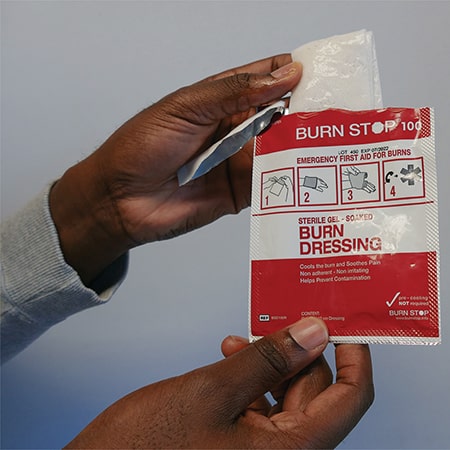 The availability of a sterile, supportive cooling mechanism that does not require water or induce hypothermia can be very useful in these circumstances.
The availability of a sterile, supportive cooling mechanism that does not require water or induce hypothermia can be very useful in these circumstances.Burn dressings offer an effective and efficient, supportive option in the pre-hospital/in-hospital setting. These heat-absorbing water-based burn dressings are sterile and do not require a secondary covering (i.e. cling film), providing cooling comfort and pain relief to the burn patient in any circumstance or location devoid of water. The dressings also allow
the provider two free hands to administer a more effective trauma
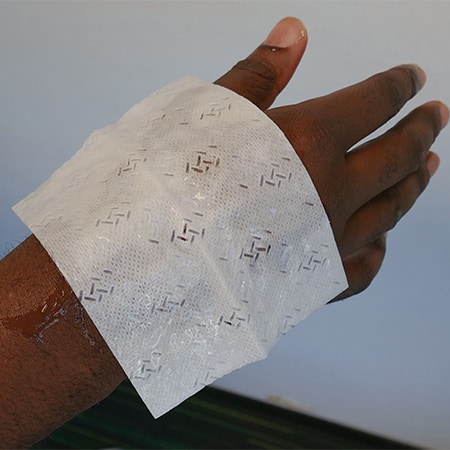 response to the patient.
response to the patient.For further guidance on treatment, the NHS has an advice page about burns and scalds.
Explore our full range of burn products, including comprehensive burns kits to see which suits your firework needs best.
Whether you are an organiser or an attendee, make sure you are prepared for any fireworks display with basic first aid and burns supplies. You may also want to consider additional safety products to help your display go off without the wrong kind of bang:
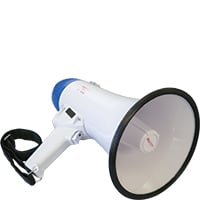
Mini-Megaphone
Make yourself heard over the crowd!
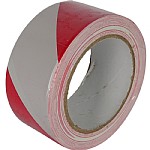
PVC Floor Tape, Red and White.
Ensure spectators know the safe areas.
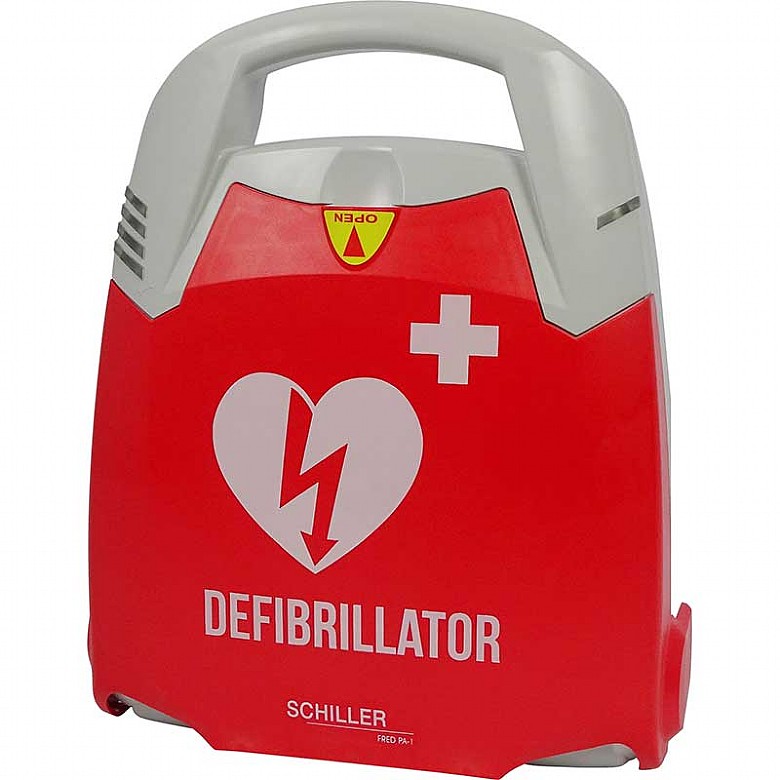
FRED PA-1 Automatic AED
Be ready for emergencies that can arise in a large crowd.
By Rhiannon Hoy


